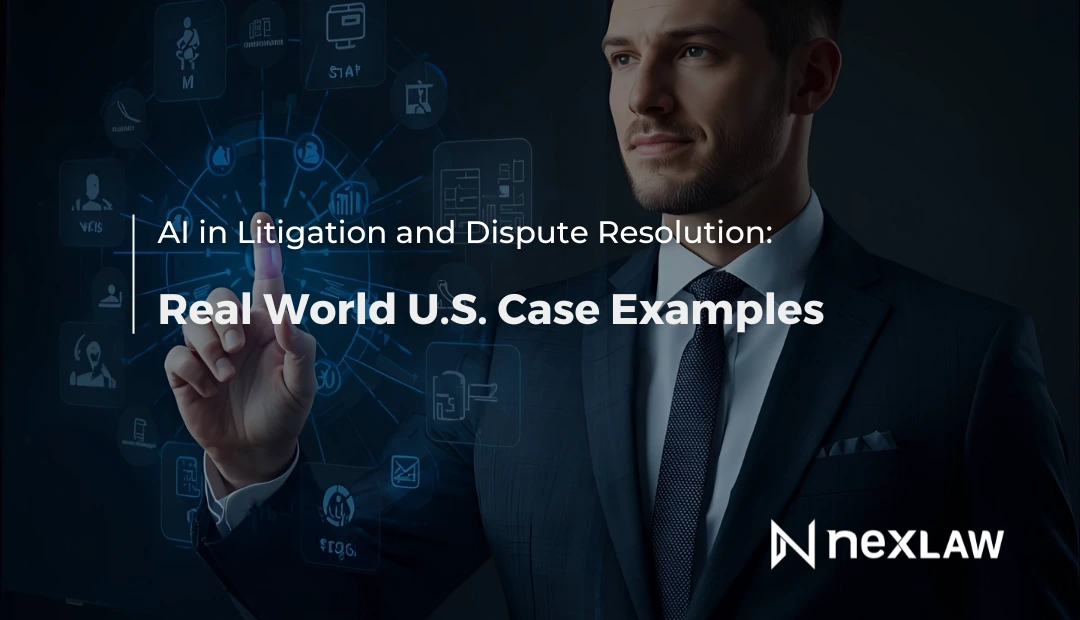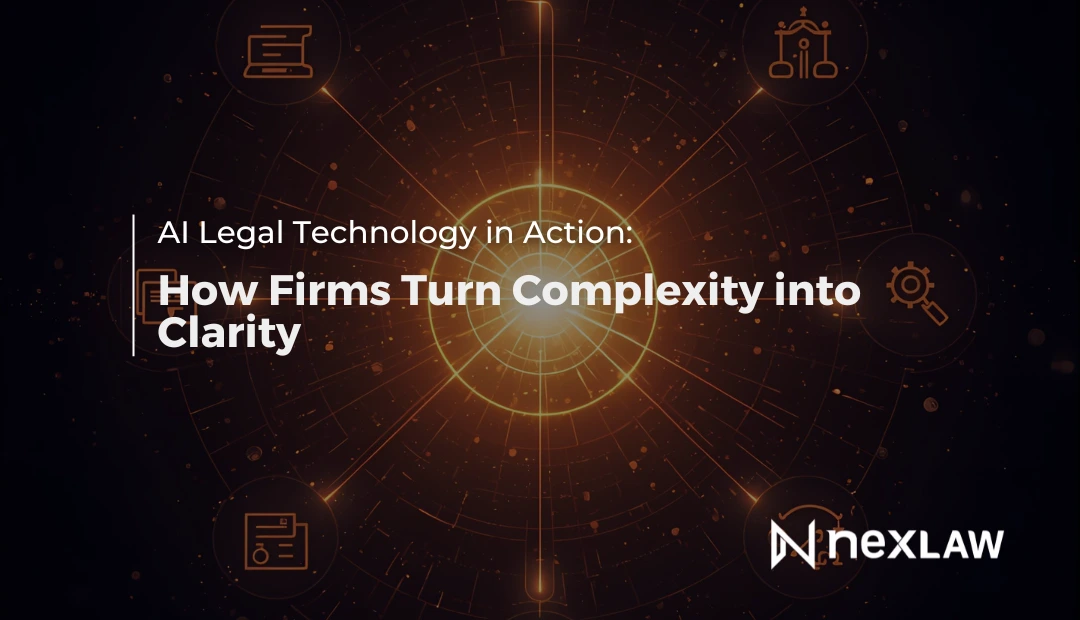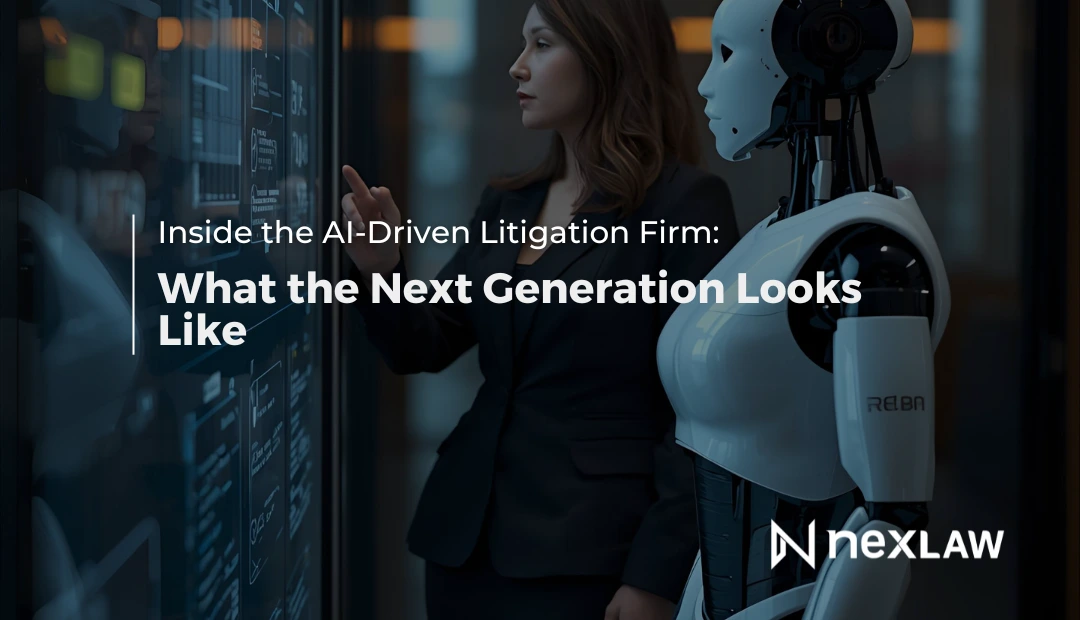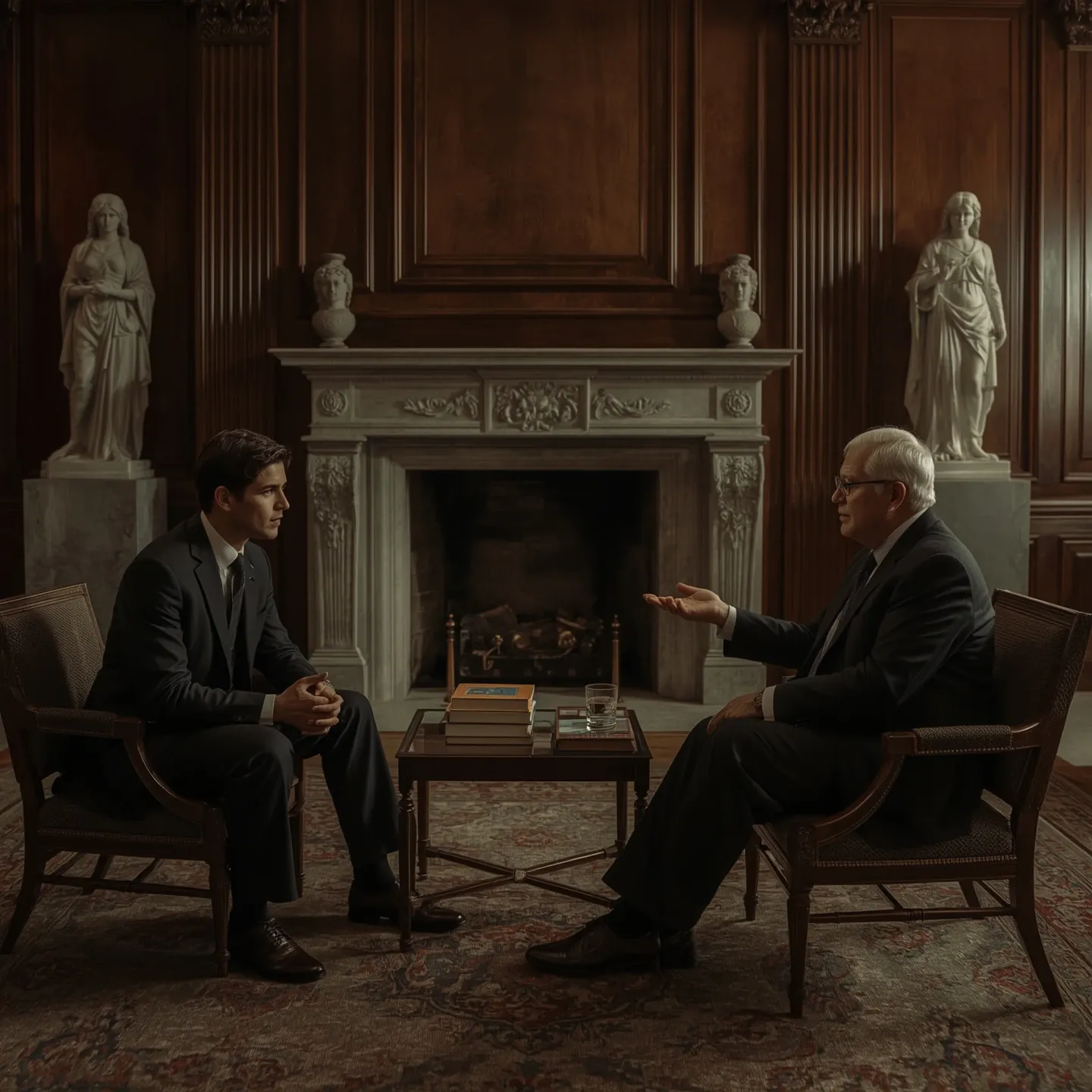AI in Litigation and Dispute Resolution: Real World U.S. Case Examples
AI has evolved from a buzzword to a courtroom-ready advantage. Across the United States, litigators and dispute resolution professionals are using artificial intelligence to manage evidence, streamline research, and refine case strategies that once took days.
Unlock Legal Insights Instantly!
This article explores real examples of how AI tools, especially platforms like NexLaw, are reshaping the way lawyers prepare for and resolve disputes.
Why AI Has Become Central to Litigation
The complexity of modern litigation is growing faster than any firm’s capacity to keep up manually. Every case now involves thousands of documents, overlapping jurisdictions, and increased court scrutiny over AI misuse.
But with the right tools, litigators can turn that complexity into clarity. AI systems like NeXa and TrialPrep are helping lawyers cut through discovery clutter, highlight key arguments, and focus on outcomes instead of administration.
Case Example 1: Construction Dispute Simplified with AI Chronology
Scenario
A construction law firm in California faced a multimillion-dollar dispute involving 14 subcontractors and over 18,000 pages of discovery.
Challenge
Attorneys struggled to align events chronologically and identify which communications proved breach of contract. Manual review had already consumed two weeks with little progress.
Solution
The firm uploaded all documents into ChronoVault 2.0. Within minutes, the platform built a verified timeline linking each correspondence to the relevant clause in the contract. NeXa extracted supporting precedents for liability and indemnity.
Result
Preparation time dropped by 68 percent. The visual chronology exposed inconsistencies in the opposing counsel’s submissions, leading to a favorable settlement before trial.
Case Example 2: Employment Class Action Managed Through AI Research
Scenario
A New York firm representing a class of employees claimed unpaid overtime under federal and state wage laws.
Challenge
The firm needed to identify consistent case law across multiple jurisdictions and summarize recent appellate decisions.
Solution
Lawyers used NeXa to run a jurisdiction-specific search, prompting it to “summarize federal and New York state wage and hour rulings post-2021 that define compensable time.” The AI returned a concise list of verified cases with direct citations and dissent summaries.
Result
What once took 12 hours of manual database research was completed in 90 minutes. Attorneys included the verified summaries directly in their brief, cutting revision time in half and improving the argument’s factual consistency.
Case Example 3: Arbitration Case Prepared Using AI Argument Mapping
Scenario
A small commercial arbitration team in Arizona was representing a client in a partnership dispute.
Challenge
The team struggled to organize over 25 witness statements and multiple versions of contract amendments.
Solution
Using TrialPrep, attorneys created an argument map linking each witness statement to the corresponding contractual clause. The system flagged two inconsistencies in testimony that became key to the cross-examination strategy.
Result
The arbitration concluded in four days instead of six. The panel commended the clarity of the presentation and cited the firm’s “highly organized evidentiary framework” in its final opinion.
Case Example 4: Personal Injury Firm Using AI for Settlement Forecasting
Scenario
A personal injury firm in Texas represented multiple plaintiffs in similar accident cases.
Challenge
The firm wanted to predict likely settlement ranges using previous case outcomes but lacked the capacity to analyze hundreds of prior judgments manually.
Solution
Using NeXa, the firm prompted “analyze comparative outcomes of rear-end collision claims under Texas law between 2020 and 2024 and summarize settlement values based on injury severity.”
Result
The AI produced a table summarizing precedents and average compensation bands. Lawyers used these insights in negotiation, securing settlements within the projected range for every case.
The Impact: Measurable Results from Real Cases
| Metric | Manual Process | AI-Assisted Process |
|---|---|---|
| Case prep time | 3–5 weeks | 1–2 weeks |
| Discovery review | 4,000 documents manually tagged | 100 percent auto-indexed in ChronoVault |
| Research accuracy | 78 percent verified citations | 99 percent verified |
| Litigation outcome | Reactive and time-pressured | Proactive and strategic |
These results show why more U.S. firms are adopting purpose-built legal AI instead of relying on generic chat systems.
How NexLaw Fits Into the Future of Dispute Resolution
Dispute resolution is evolving toward faster, data-driven processes. Tools like NexLaw enable firms to prepare thoroughly without overwhelming human teams.
- NeXa delivers verified legal research across jurisdictions.
- TrialPrep builds cohesive arguments supported by verified evidence.
- ChronoVault 2.0 maintains full document traceability, ensuring ethical and procedural compliance.
Together, they create a transparent system that reinforces professional judgment rather than replacing it.
The Broader Lesson for U.S. Firms
The lesson from these real-world cases is clear: AI succeeds not because it automates, but because it enhances strategy.
When used correctly, AI becomes an assistant that handles the administrative load, leaving attorneys free to think critically, argue persuasively, and deliver stronger outcomes.
Clients notice the difference. So do judges. And in a market where results matter most, that edge defines the firms of the future.
Discover How NexLaw Elevates Your Litigation Practice
Whether managing discovery, research, or arbitration, NexLaw helps U.S. litigators bring order and clarity to every stage of dispute resolution.
Start using the platform trusted by forward-thinking legal teams:
Begin your 3-day free trial with full access to NeXa, TrialPrep, and ChronoVault 2.0
Or book a demo call with our specialists to explore how NexLaw fits your caseload and team size



